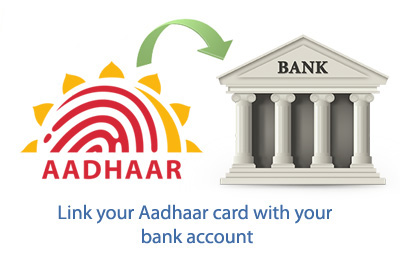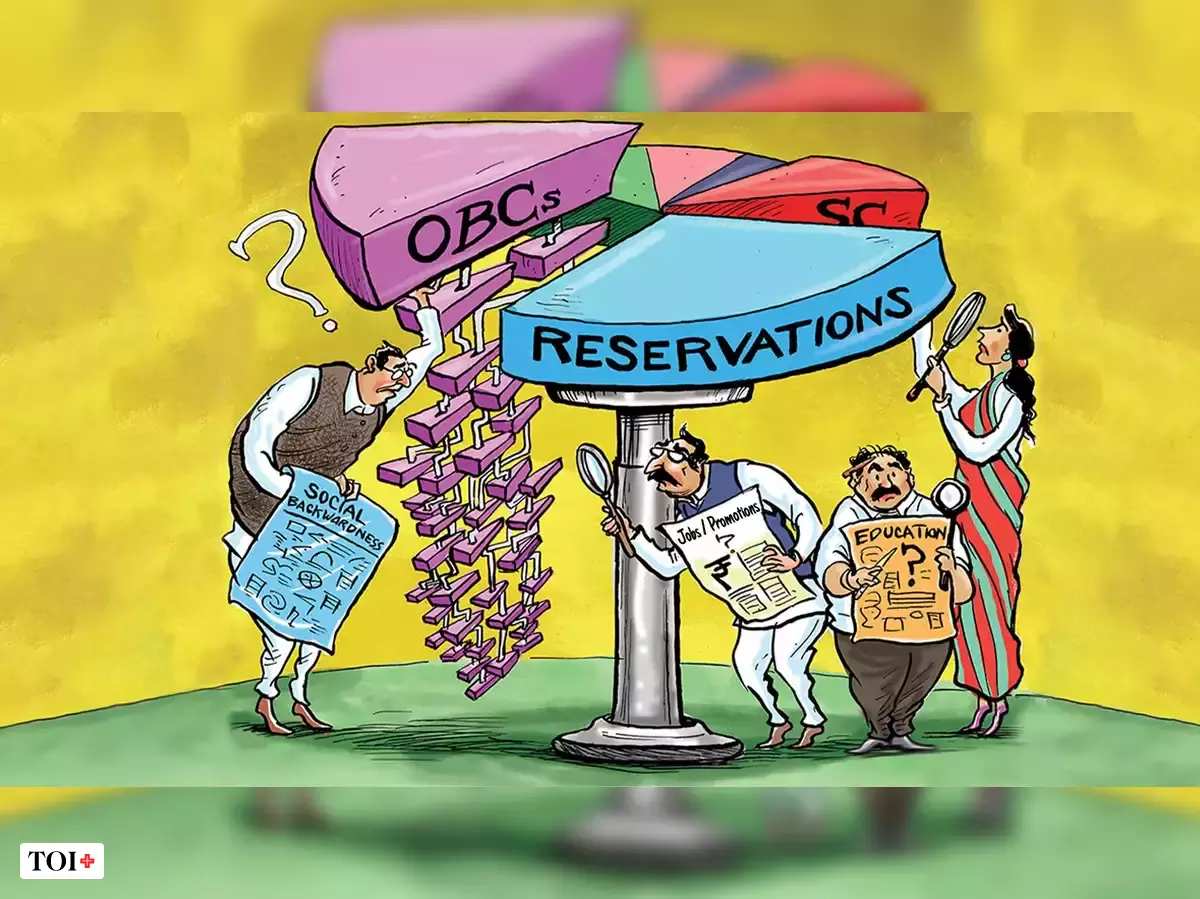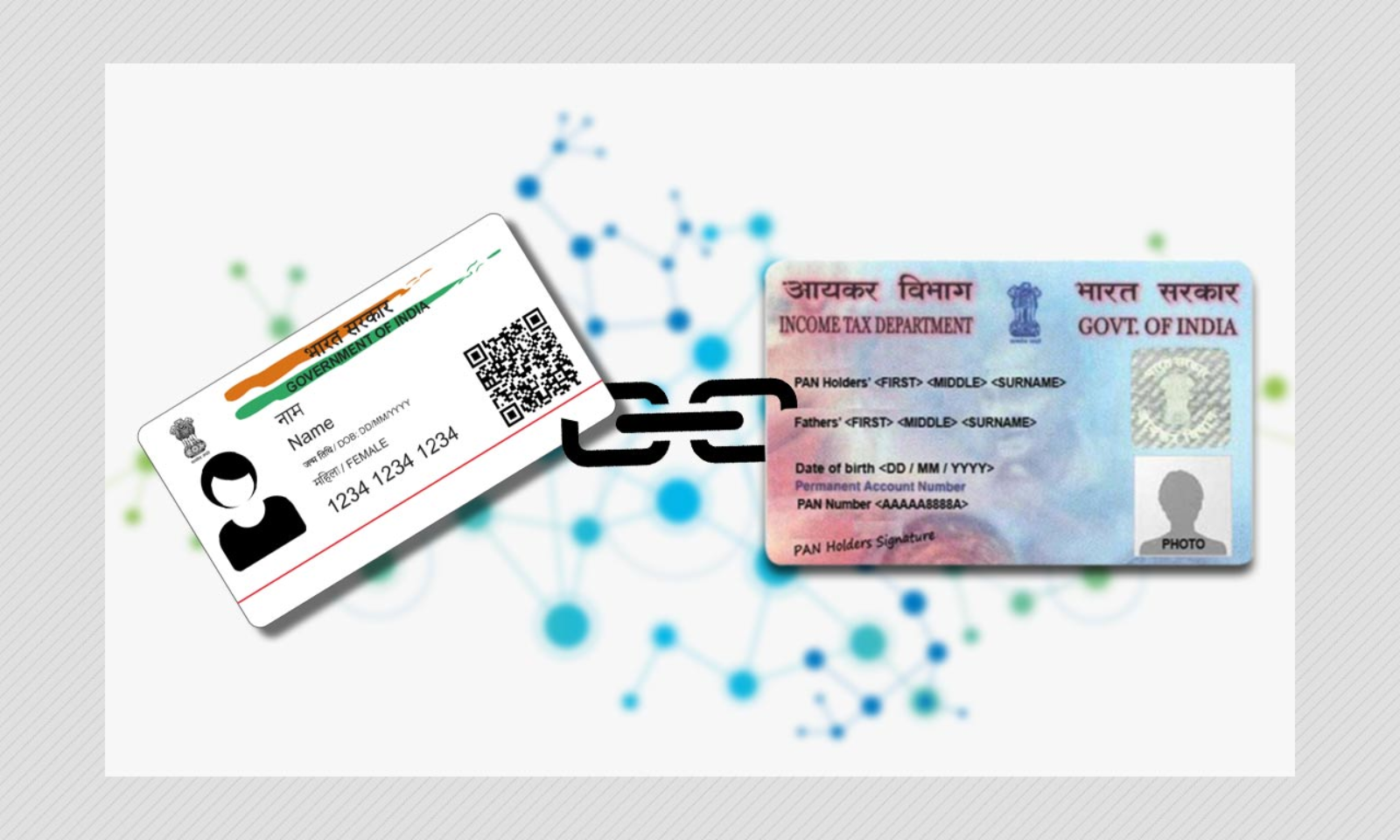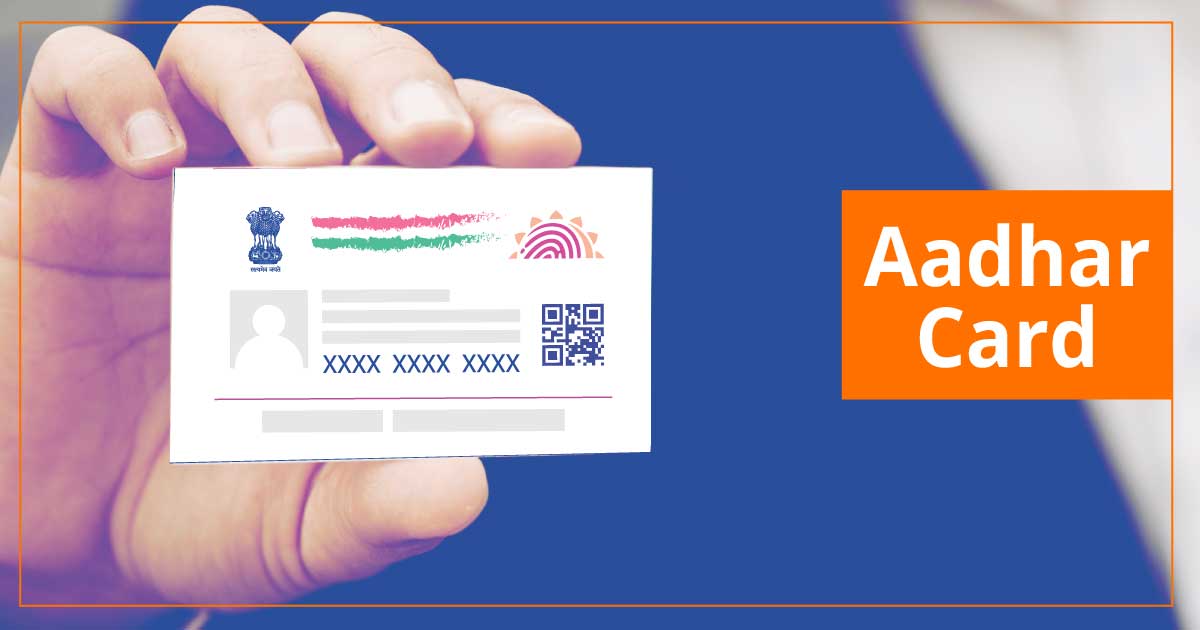In a world that is rapidly evolving towards a digital future, the Aadhar card has become a cornerstone of identity verification in India. With its unique 12-digit number assigned to every resident, the Aadhar card has permeated various aspects of our lives, including financial transactions. Linking your Aadhar card to your bank account is not only mandatory but also an essential step towards promoting financial transparency, reducing fraud, and ensuring that government subsidies and benefits reach the intended recipients.
In this comprehensive guide, we will take you through the step-by-step process of linking your Aadhar card to your bank account, the benefits of doing so, and address any concerns or questions you might have along the way.
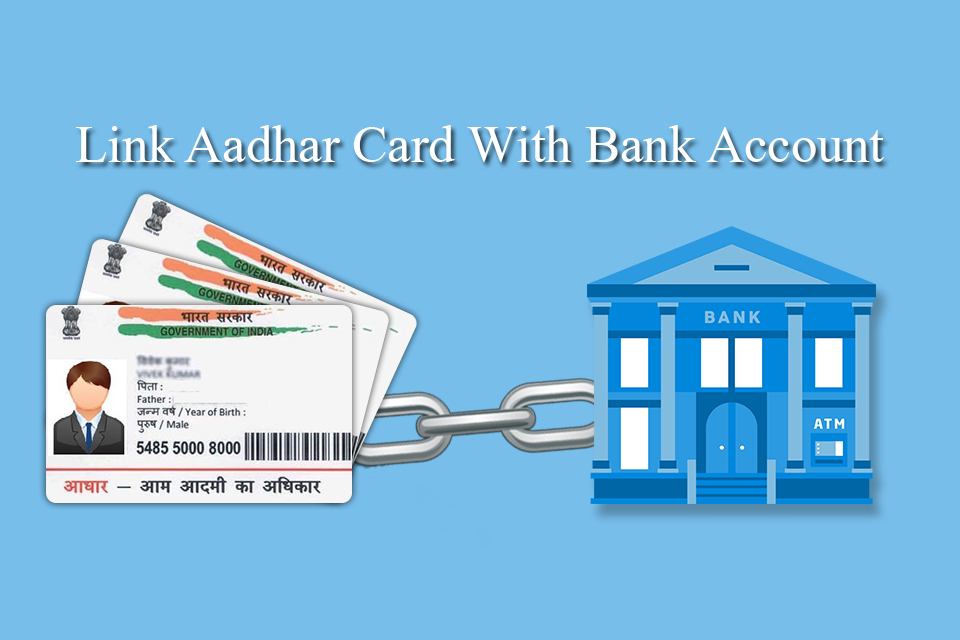
Why Link Your Aadhar Card to Your Bank Account?
Linking your Aadhar card to your bank account serves several important purposes:
- Direct Transfer of Subsidies and Benefits: Many government subsidies and benefits, such as LPG subsidies, scholarships, and pension payments, are directly transferred to bank accounts linked with Aadhar. This ensures that the intended beneficiaries receive these subsidies promptly.
- Financial Inclusion: Aadhar-linked bank accounts play a pivotal role in promoting financial inclusion by enabling people from all walks of life to access banking services, even in remote areas.
- Fraud Prevention: Linking Aadhar to your bank account enhances the security of your financial transactions. It reduces the chances of identity theft, fraud, and impersonation.
- Easy Authentication: Aadhar-based eKYC (Know Your Customer) allows you to easily and securely authenticate your identity for various financial transactions.
- Streamlined Processes: It simplifies paperwork for various financial services, such as opening a new bank account, obtaining a credit card, and more.
Steps to Link Your Aadhar Card to Your Bank Account
Now that we understand the significance of linking your Aadhar card to your bank account, let’s dive into the detailed process of doing so:
Step 1: Visit Your Bank Branch
To initiate the Aadhar linking process, visit your bank’s nearest branch. Make sure to carry the following documents with you:
- Your original Aadhar card.
- A copy of your Aadhar card.
- A passport-sized photograph.
- A self-attested copy of your bank passbook.
Step 2: Fill Out the Aadhar Linking Form
Upon reaching the bank, ask the bank executive for the Aadhar linking form. This form is usually available at the customer service desk. Fill out the form accurately with the required details, including your Aadhar number and bank account number.
Step 3: Biometric Verification
Once you’ve filled out the form, the bank executive will guide you through the biometric verification process. Your fingerprint and iris scan will be taken for verification against your Aadhar data.
Step 4: Submit the Documents
Submit the duly filled Aadhar linking form, along with the required documents, to the bank executive. Ensure that all the documents are self-attested.
Step 5: Acknowledgment Slip
After you’ve submitted the documents and completed the biometric verification, the bank will provide you with an acknowledgment slip. This slip contains a unique URN (Update Request Number) that you can use to track the status of your Aadhar-bank account linkage.
Step 6: Verification Process
The bank will forward your request for Aadhar linking to the concerned authorities. The Unique Identification Authority of India (UIDAI) will verify your information, and upon successful verification, your Aadhar card will be linked to your bank account.
Step 7: Confirmation
Once your Aadhar is successfully linked to your bank account, you will receive a confirmation SMS or email from your bank. You can also verify the status of the linkage by visiting the official UIDAI website or contacting your bank’s customer care.
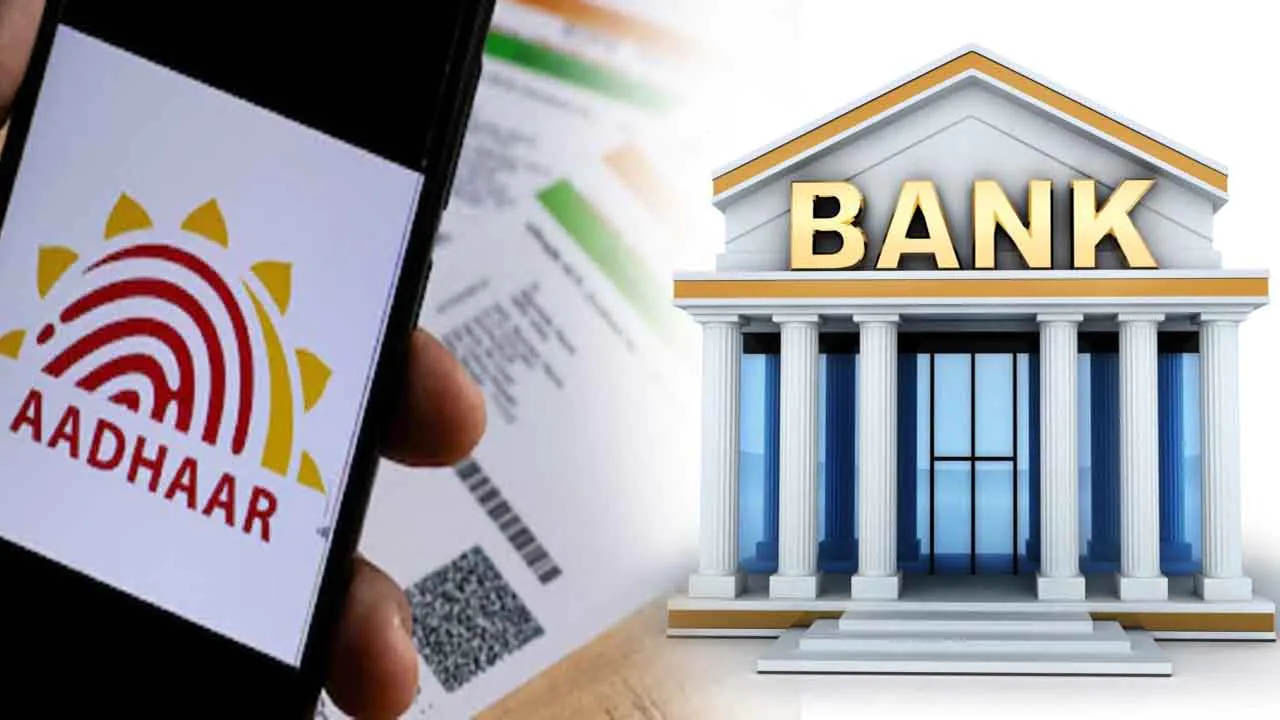
Frequently Asked Questions (FAQs)
1. Is it mandatory to link my Aadhar card to my bank account?
Yes, as per the Supreme Court’s ruling, it is mandatory to link your Aadhar card to your bank account to avail government subsidies and certain financial services.
2. Can I link my Aadhar card online?
Yes, many banks offer the option to link your Aadhar card to your bank account online through internet banking or mobile banking apps. Check with your bank for specific instructions.
3. Is there any fee for linking Aadhar to my bank account?
No, there is no fee for linking your Aadhar card to your bank account. It is a free service provided by banks.
4. Can I link my Aadhar card to multiple bank accounts?
Yes, you can link your Aadhar card to multiple bank accounts. However, it’s important to note that you can receive government subsidies and benefits only in one bank account.
5. What should I do if my bank account is not linked to my Aadhar?
If your bank account is not linked to your Aadhar, visit your bank branch and follow the steps mentioned in this guide. It is essential to complete this process to continue receiving government subsidies and other benefits.
Conclusion
Linking your Aadhar card to your bank account is a vital step towards promoting financial transparency, reducing fraud, and ensuring that government subsidies and benefits reach the intended recipients. This process has been streamlined by banks to make it convenient and accessible for all. By following the steps outlined in this guide, you can ensure that your Aadhar card is linked to your bank account, paving the way for a more secure and efficient financial future.
Read More:- Unveiling the Ultimate Guide: The Best Books for Preparing for the KVPY Exam
Read More:- UNVEILING THE ULTIMATE MEMORIZATION TECHNIQUES FOR VERBAL AND







